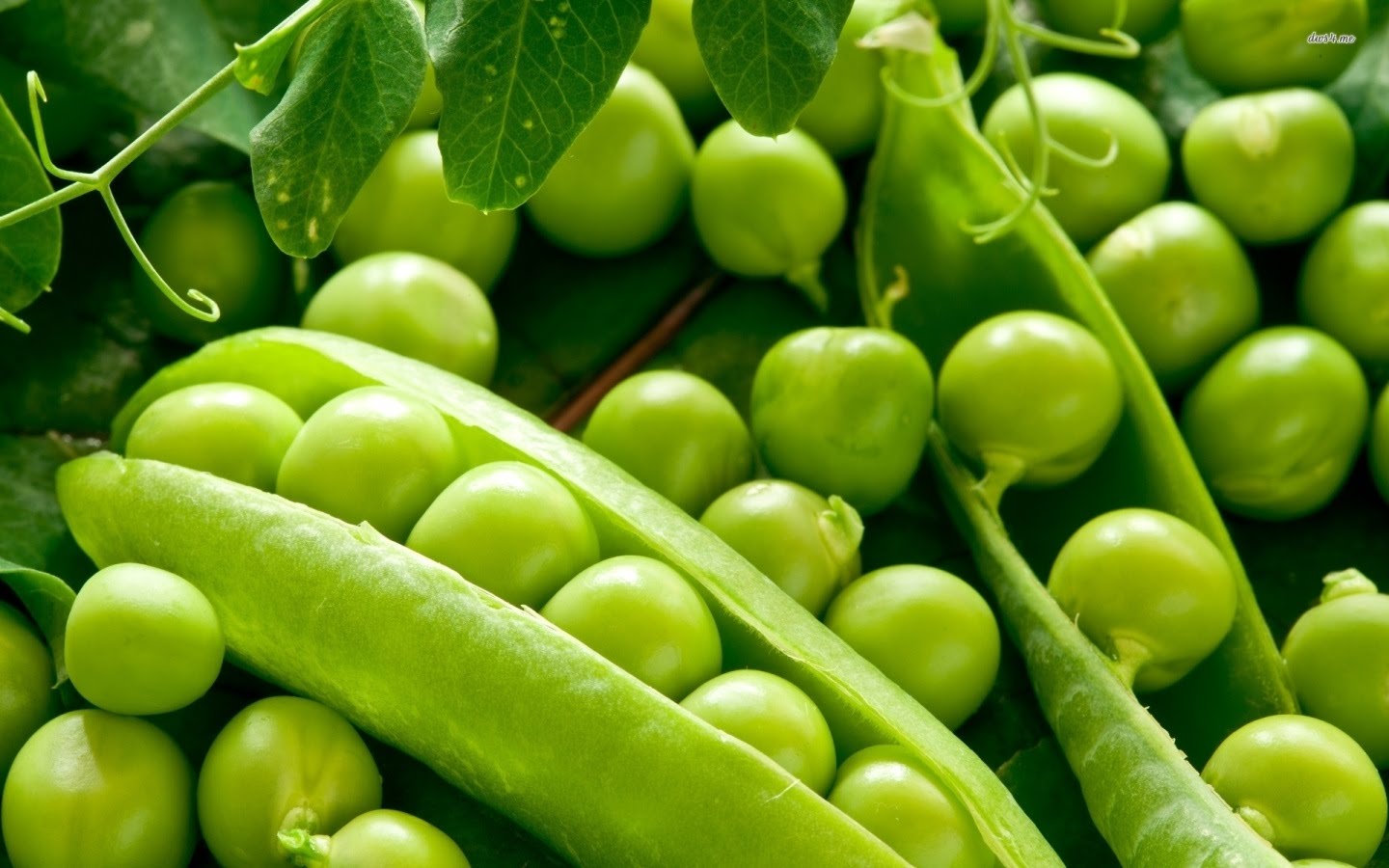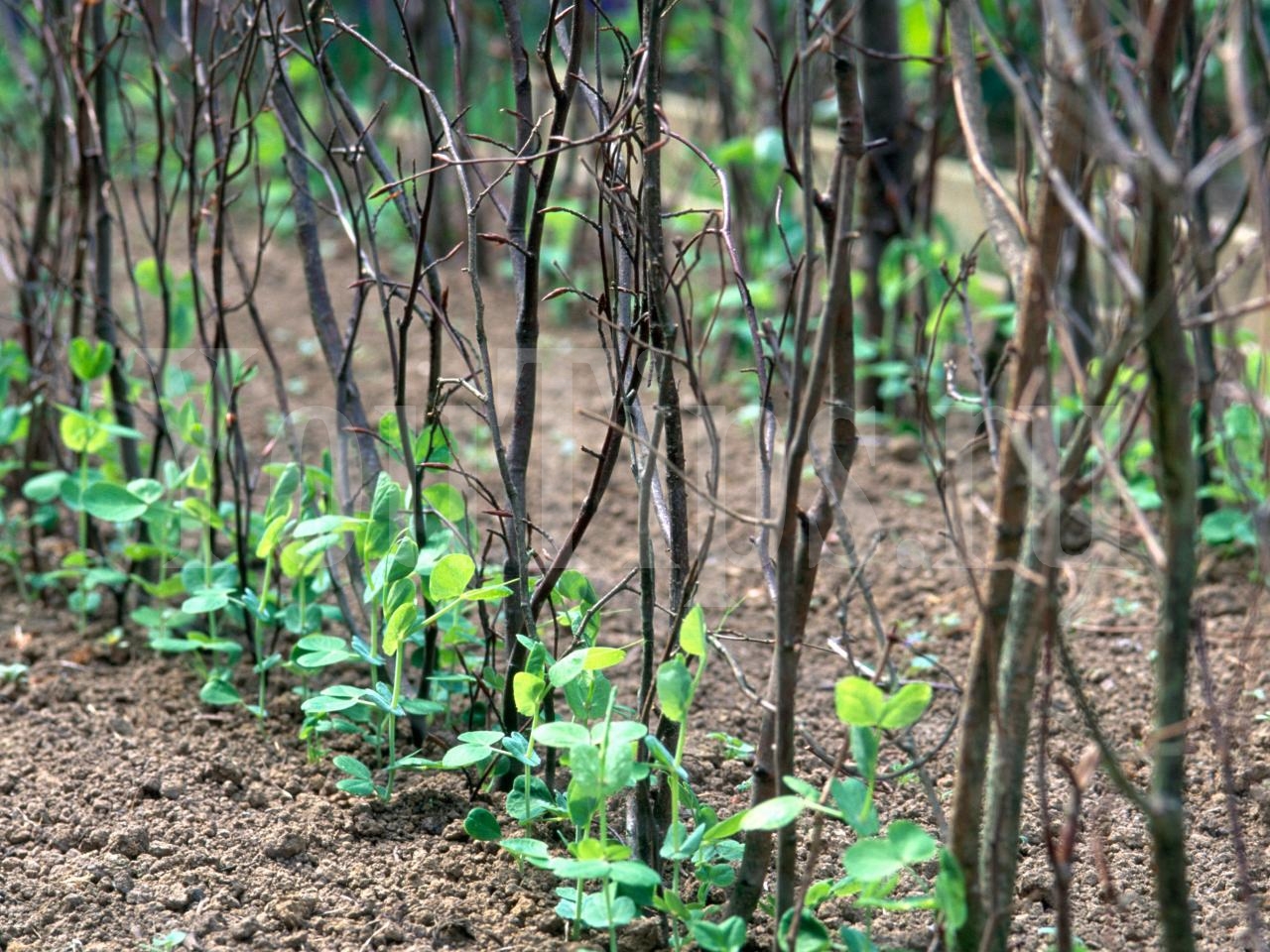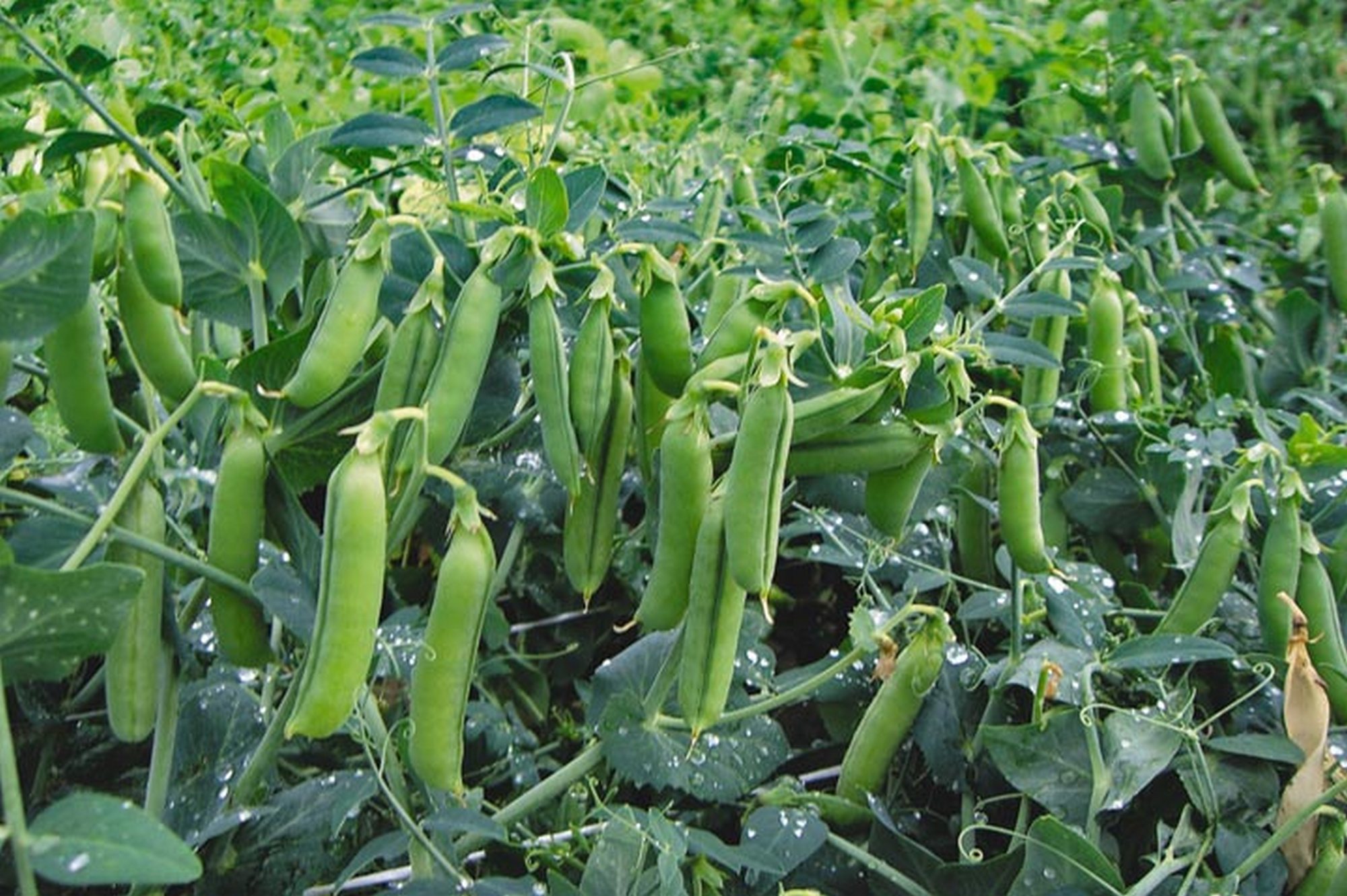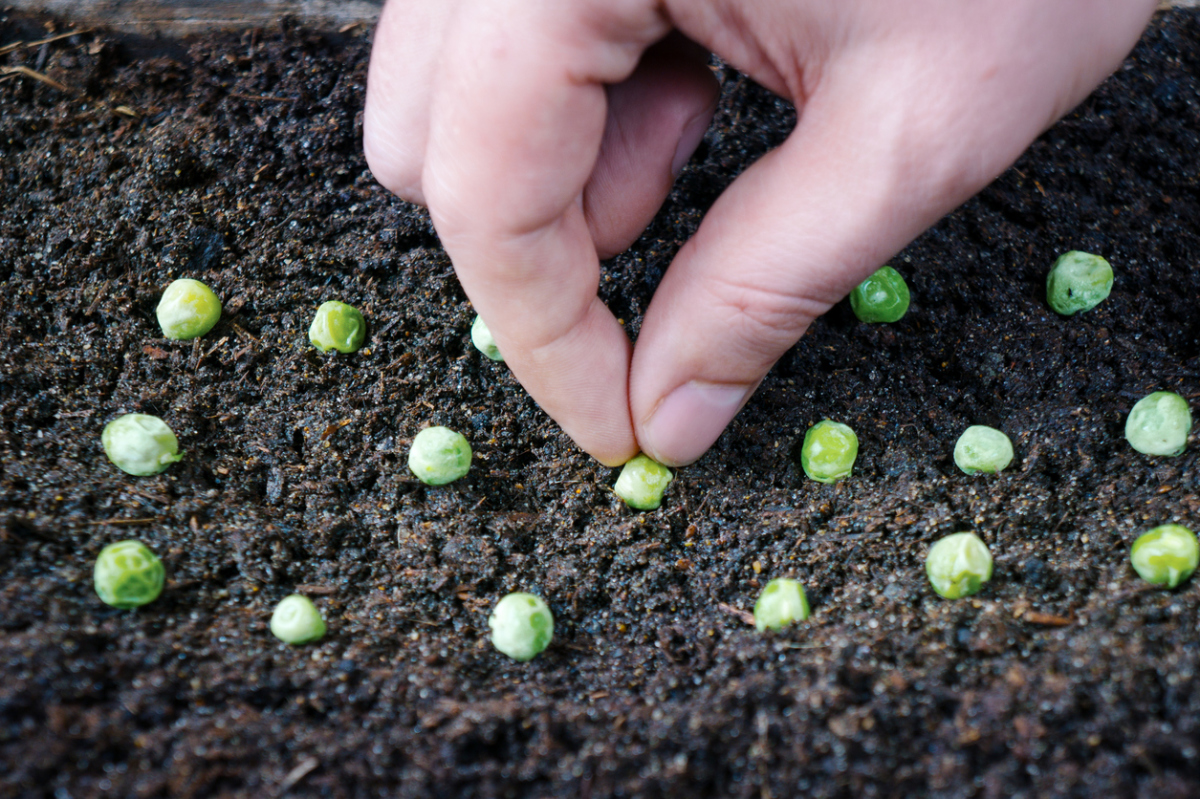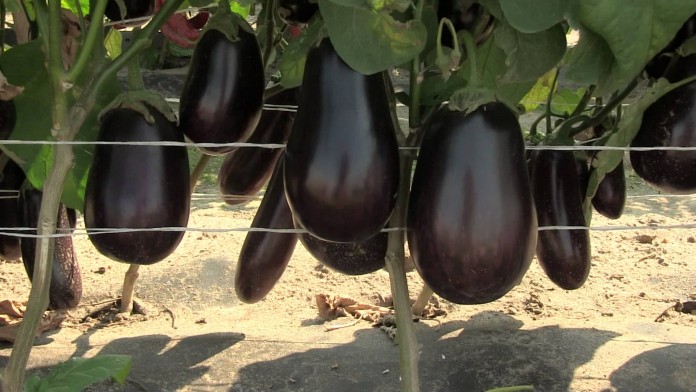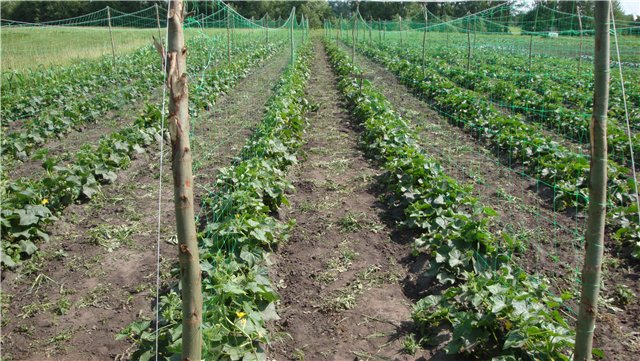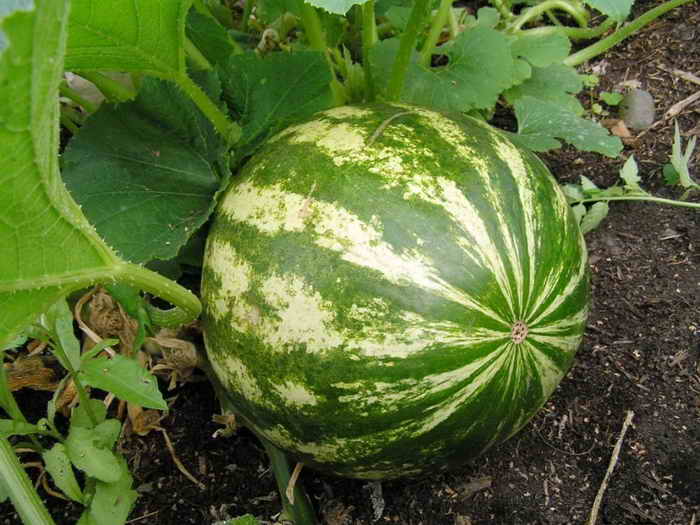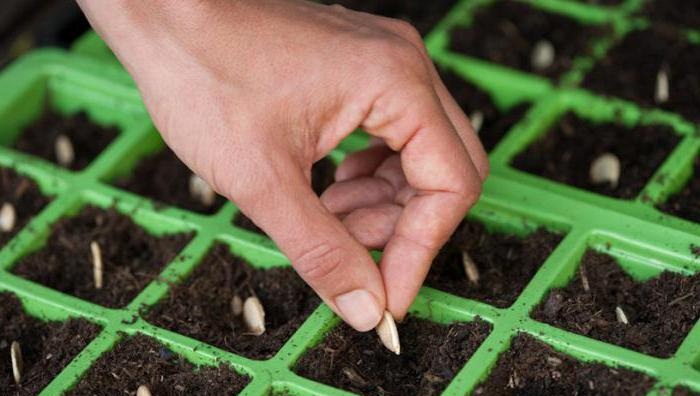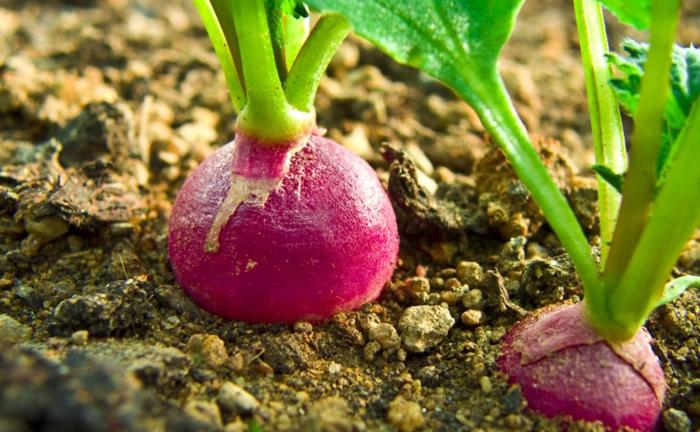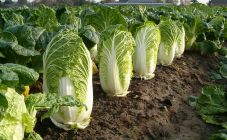Content:
Peas are wonderful not only for their nutritional value, which cannot be disputed, they also have other advantages. It can be grown on almost any soil. In addition, it, like many other legumes, enriches the soil on which it grows with nitrogen compounds. Even a novice gardener can grow peas; he requires no more attention to himself than other cold-resistant plants. It is enough just to get acquainted with some of the features of the cultivation of this culture.
Variety selection
One of the main conditions for the future harvest is the correct choice of the variety. Science has made huge strides in the development of breeding. And now it is not easy to make sense of the wide variety of seeds that the market offers.
All this huge variety of varieties can be conditionally divided into two areas - shelling and sugar.
The hulking pea varieties are distinguished by their small stature and hard pod valves. These pods are not good for food, but the peas themselves are very sweet. Ripe peas contain a lot of starch, so dry peas boil well.
In addition, varieties are divided according to the ripening period:
- early varieties: Sphere, Misty, Alpha. The variety Vera can be especially distinguished. Its growing season is only 50 days.
- early ripe: Abador, Avola, Viola.
- among the late varieties, the Voskhod variety is widespread.
For sugar peas, it is characteristic that not only peas are edible, but also the pods of the pods. These varieties are in great demand among gardeners, although they require more attention. They are more likely to suffer from diseases and pests than shell peas. They require more comfortable conditions in terms of soil fertility, warmth and moisture.
The most widespread among the gardeners of the Moscow region were the following varieties:
- among the early: Oregon, Ambrosia, children's sugar;
- among the varieties of medium ripening: Moscow delicacy, Zhegalova 112;
- among the later varieties, the Inexhaustible 195 is more popular.
It is difficult to name the best among all the variety of varieties.
There are leaders in every category. Most often, gardeners are interested in sweet and fruitful varieties.
How and when to plant peas in the Moscow region
Peas love warmth, do not tolerate shade and strong winds. When the time comes to plant peas in open ground in the Moscow region, a week before this time you need to choose a suitable place and prepare the land. Peas do not need a lot of fertilizers, you can limit yourself to a small addition of mineral fertilizers in the fall. If the soil is very poor on the site, you can add a small amount of compost or humus before digging up.
Each year, the timing of planting peas in the Moscow region can shift in one direction or another.
When is the most favorable planting of peas in open ground in the suburbs? The summer season should be opened when the earth warms up properly. Although peas can withstand short-term frosts, warm soil is needed for friendly seedlings. This usually occurs in the spring, in the third decade of April. There are exceptions, though.
You can sow dry peas directly into prepared soil. It is important that the ground is warm and moist.However, gardeners prefer to soak them before sowing peas.
Peas seeds are soaked in a weak boric acid solution. One gram of powder is enough for half a bucket of water. The temperature of the solution should be about forty degrees. For soaking, it is enough - 5-8 minutes, it is not recommended to keep the seeds in the solution longer. By processing the seeds, you will save the roots from the nodule weevil larva.
The height of the pea bed will depend on the soil, but you should not raise it above 20 cm. On light sandy soil, this is not necessary at all. Shortly before the time for sowing peas in the Moscow region comes up, the garden will need to be dug up, leveled with a rake, and watered at the end. On the day of sowing, grooves are made on the bed with a depth of about 3 cm.The distance between the grooves is about 20 cm.The gap between the peas is about 10 cm.
The first shoots will be visible in a week. When they become uniform, the ground around them can be loosened, but this must be done carefully, so as not to catch the young growth.
Further care will not require much time from the gardener, and it will consist in protecting seedlings, regularly weeding and watering.
Bird protection
This protection is mainly needed by early shoots, grown plants are not interesting for birds. Some gardeners use fishing nets for cover.
Watering and feeding
Peas do not tolerate summer heat well, and therefore, in the absence of rain, they require abundant watering. In this case, the drip irrigation system will do just fine. Sometimes watering is combined with top dressing, which consists of one tablespoon of nitroammophoska diluted in a bucket of water. It is useful to cover the watered ground with sawdust, chopped straw or grass.
When the seedlings grow up a little, the soil between the rows must be loosened, and the plant itself must be hilled.
Tying
This operation must be done before the first flowers come out. The design of the garter is quite simple and is done in three steps.
- Pegs are installed at intervals of about a meter from each other.
- A wire or a strong bundle is pulled between them.
- Pea stalks are tied to a wire.
Experienced gardeners, instead of wire or a bundle, put a metal mesh with a large enough cell on the pegs.
Harvesting
Depending on the variety, peas begin to bloom 30 to 40 days after sowing. A month after that, you can start harvesting. The daily picking of peas stimulates its further growth. The harvesting period for peas can last from one month to one and a half.
It is difficult to find a crop more useful for crop rotation than a plant of the legume family. However, at least five years must pass before sowing peas in the same place.
